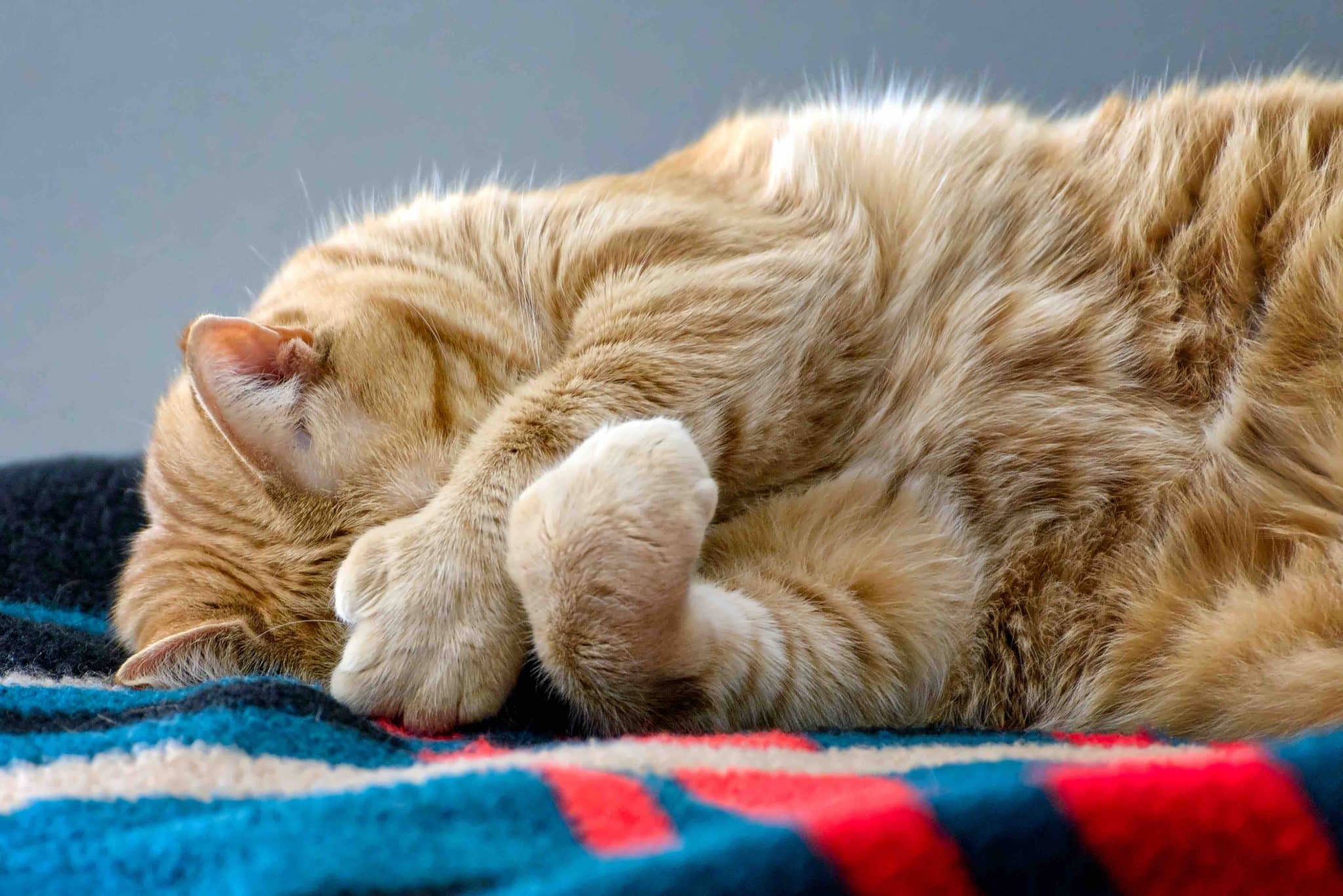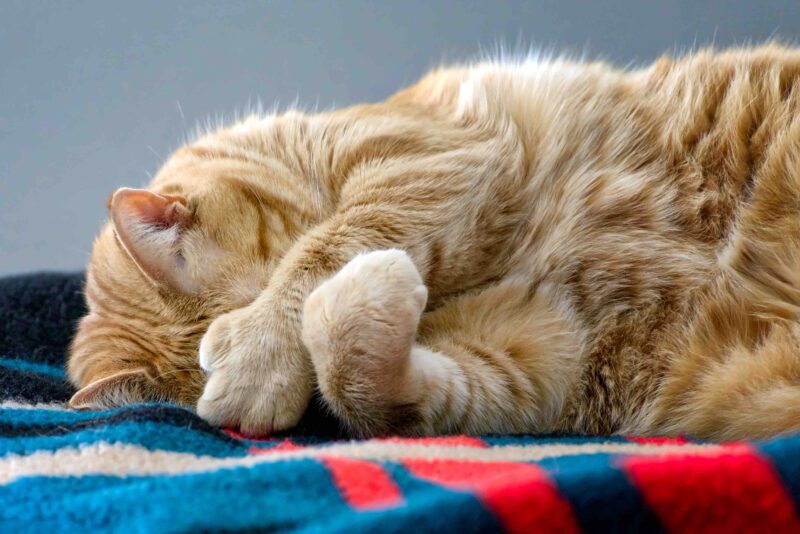Cats have various physical traits that make them unique. For example, some cats are short and squat, while others are long and slender. Some have big eyes, while others have small eyes. Some have long tails, while others have short tails. Even within the same breed of cat, there can be a huge range of colors, sizes, and shapes. This variability in physical traits is one of the things that makes cats so special and interesting.
There are many things that make cats different from each other, but one of the most notable is polydactylism. This is the trait of having more than the usual number of toes on one or more paws. The extra toe is usually on their front paws but can also rarely occur on their hind paws. This hereditary difference can be seen in both domestic and wild cats, and it can vary from cat to cat even within the same litter. However, it’s important to note that this is not a genetic condition brought on by inbreeding. The short answer is that no, polydactyl cats are not inbred.
Read on to learn everything that you need to know about this genetic trait in felines.
Is Polydactyly Caused by Inbreeding?
Intra-familial inbreeding refers to reproductive relationships within a population of cats in which parent cats are closely related to each other. Outbreeding occurs when two or more populations are brought together, and the individuals within those populations are not closely related. Inbreeding can lead to negative genetic effects, such as decreased fitness and increased occurrence of genetic abnormalities. However, polydactylism is not an inbred trait.
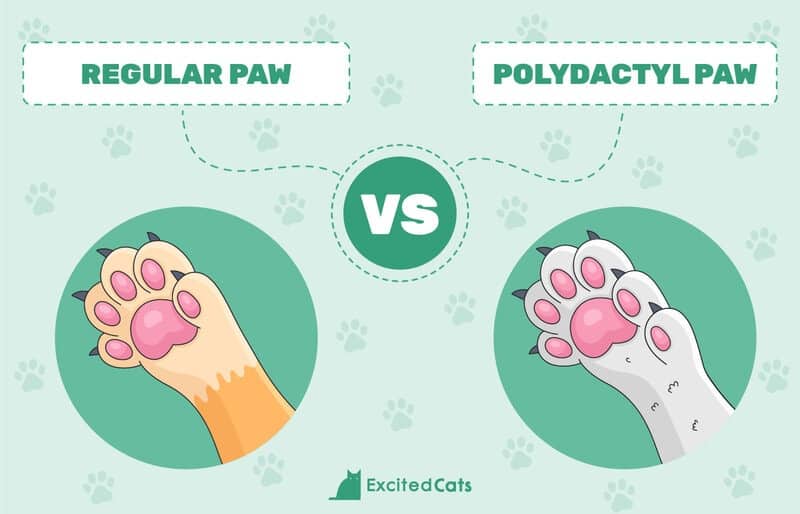
How Common Are Polydactyl Cats?
Cats are more likely to suffer from this condition than you might think. Even though polydactyl cats don’t make up a large proportion of the cat population, they are fairly common. Due to the inherited nature of the condition, one polydactyl cat can produce quite a few more polydactyl kittens. Some parts of the world seem to have a higher incidence of polydactyl cats.
North America’s East Coast, including the United States and Canada, along with West and South West England and Wales, are the most common areas for cats with this genetically inherited trait. Polydactyly spreads rapidly and doesn’t require both parents to share the genetics that triggers the condition.
The Causes of Polydactylism in Cats
In essence, polydactyl cats have extra toes due to a genetic mutation passed down from their parents. There is a good chance that around half of any litter of kittens is going to have extra toes on their paws if one of their parents is polydactyl. An autosomal dominant inheritance mechanism causes polydactyly. This means the cat has only one parent with polydactyly and therefore, only one copy of the gene for this disorder on a particular chromosome, while the rest of their genetic makeup is normal.
This gives the cat a 50% chance of inheriting the disorder from their parents and a 50% chance of not inheriting it. In certain cases of polydactyly, the cause is a mutation in a gene called ZRS, which is a genetic enhancer that is involved in regulating the expression of the sonic hedgehog gene (SHH) in the limbs. As an important signaling molecule, the SHH protein plays a key role in the formation of many parts of the body, including the limbs and digits of the body.
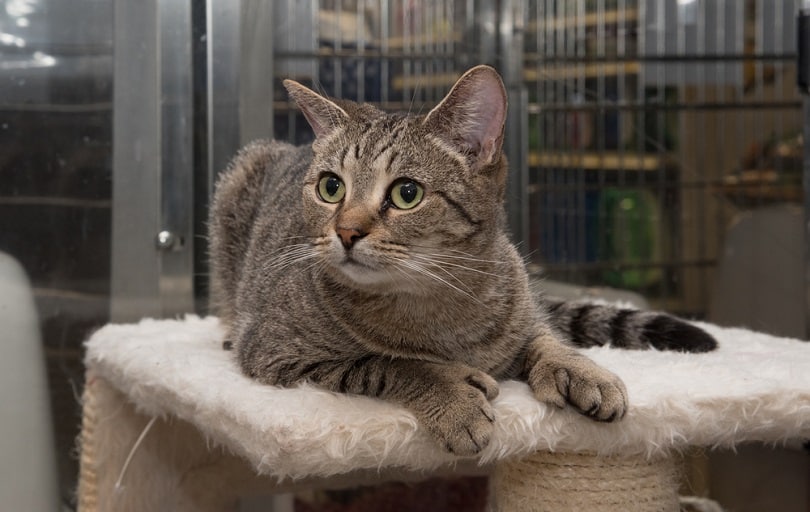
Which Cat Breeds Are More Likely to Be Polydactyl?
There are a few breeds of cat where polydactyly is more prevalent than others, despite the fact that it can affect any breed of cat. Maine Coons have the highest prevalence of polydactyly, for various reasons. A Maine Coon’s polydactyly enables them to have large paws, which makes it much easier for them to get around in the snow. There is also evidence to suggest that ship cats are the ancestors of Maine Coons. When you are a cat at sea, hunting mice and rats in the belly of a tilting ship, having an extra toe can come in very handy.
World Record-Breaking Polydactyl Cats
Guinness World Records recognized both Jake, a Canadian polydactyl cat, and Paws, an American polydactyl cat, as having the most toes on a cat. Both have a total of 28 toes each! This is an incredible increase of 10 toes over the usual 18. It is normal for cats to have five toes on each of their forepaws and four toes on each of their hind paws. As many as nine digits can be found on the front or hind paws of polydactyl cats. As a general rule, there are a variety of combinations of anywhere from four to seven toes per paw in polydactyl cats.
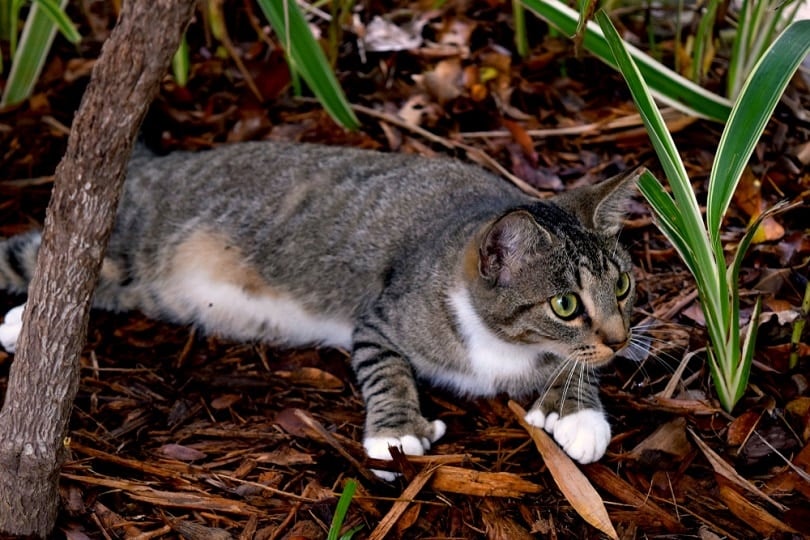

Conclusion
Polydactyl cats are not inbred. They have extra toes and fingers due to a genetic mutation or variation. If you have a polydactyl cat, don’t worry—it’s not a sign of your cat being defective or of having inherited any other health issues. It merely means that one of their parents is polydactyl too. So, while they may be unusual looking, you can rest assured that your feline friend is in good health and in good shape.
Featured Image Credit: Lux Blue, Shutterstock

